The destruction of the historic Ba Son shipyard on the Saigon riverfront, under way as I write, is not only a heritage disaster and a lost tourism opportunity, it’s a disaster for the residents of Saigon and the city itself.
That this dramatic piece of land, with so much potential to become a national and regional landmark, is instead being developed into more apartments for the city’s wealthy, is a failure of vision and imagination of spectacular proportions.
Imagine a vast piece of riverfront public land right by the city centre with rows of 19th and early 20th century warehouses and the heavy equipment of an old shipyard. And then think of a city where twenty five years of development has not yet bestowed any public or green spaces of note, nor any new cultural institutions. There you have the makings of the Ba Son tragedy.
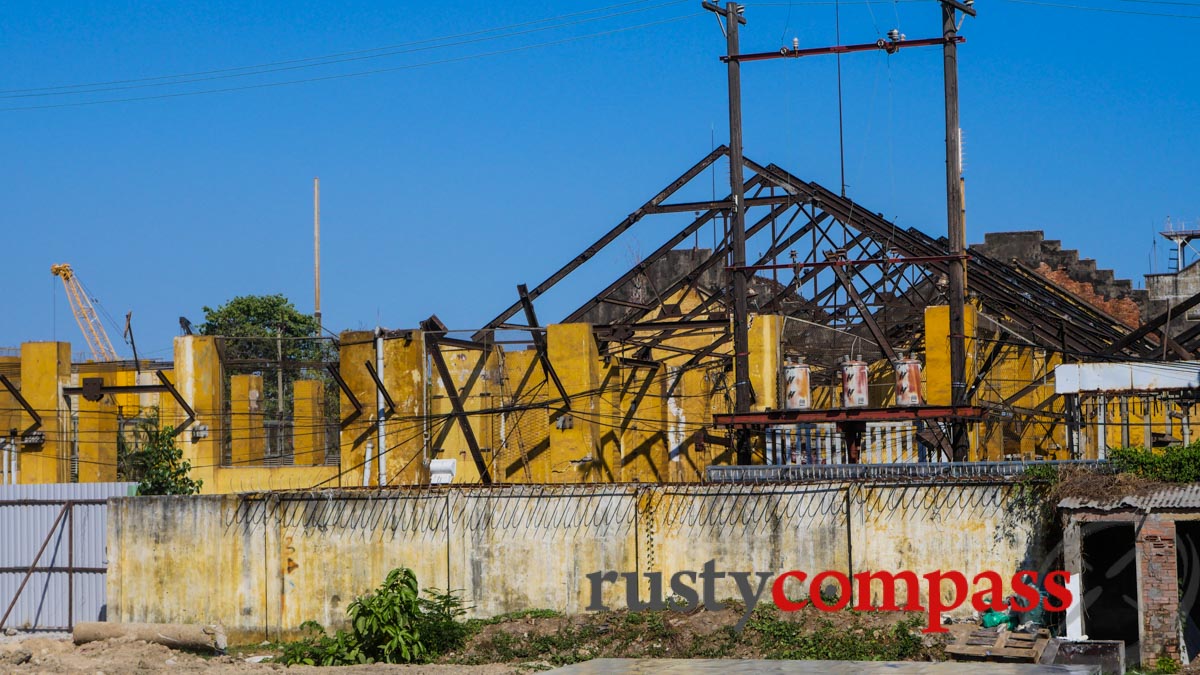
Photo: Mark Bowyer Ba Son Shipyard, Saigon
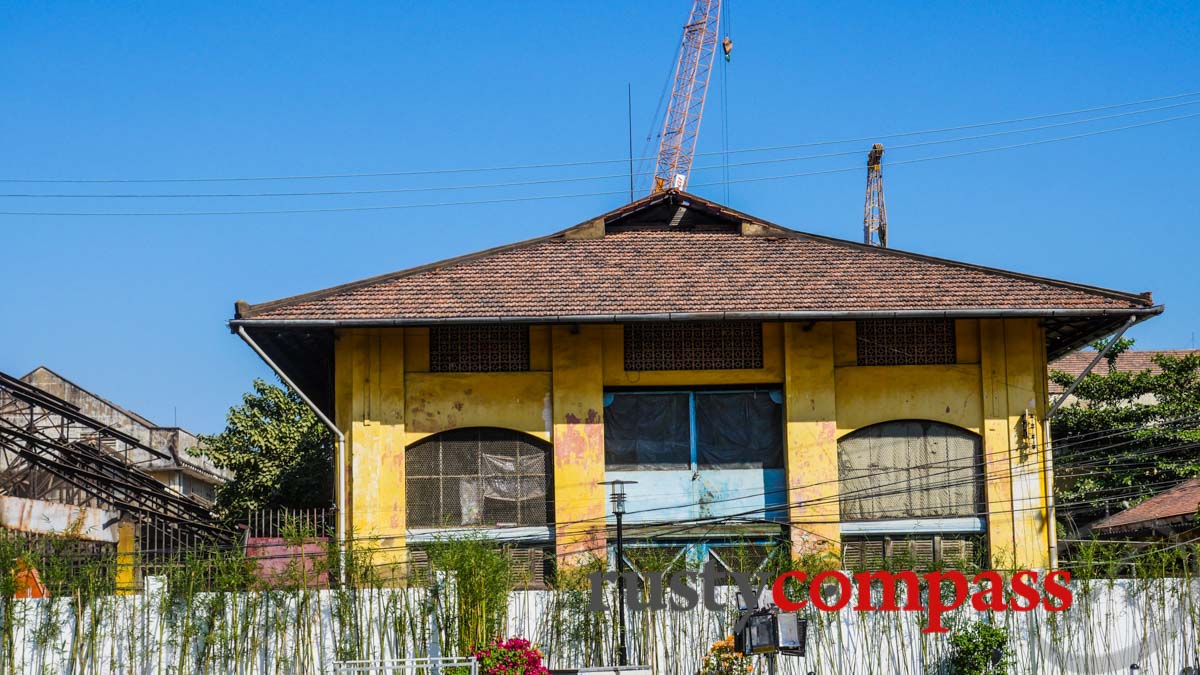
Photo: Mark Bowyer Ba Son Shipyard, Saigon
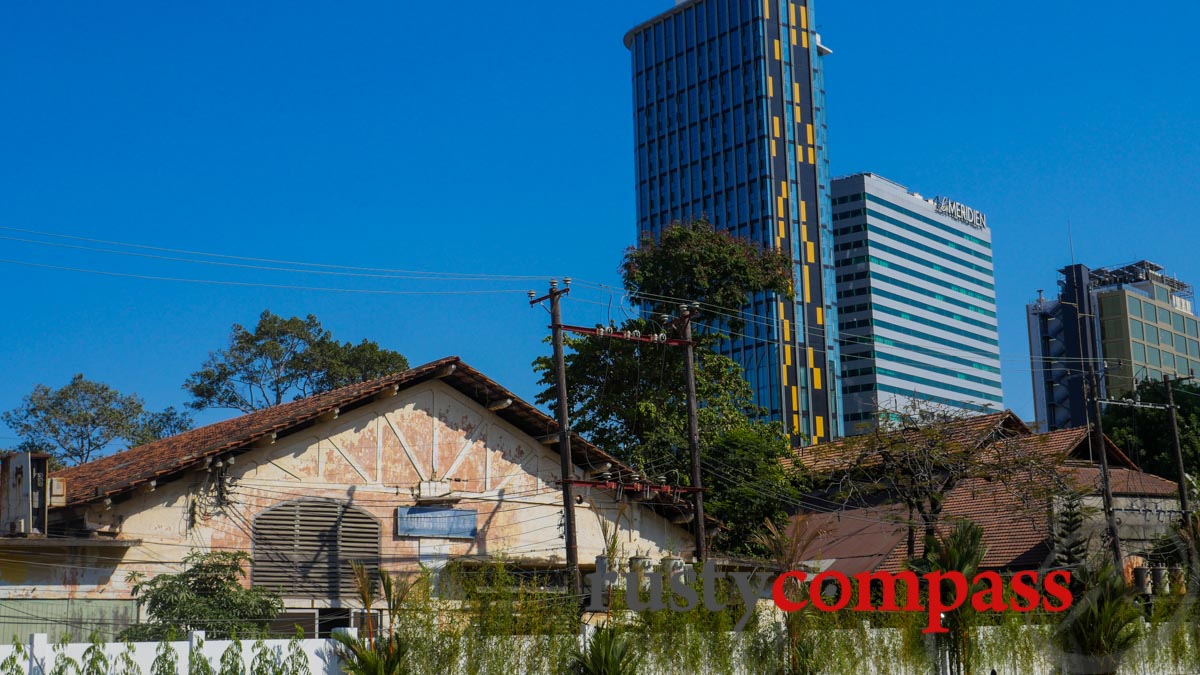
Photo: Mark Bowyer Ba Son Shipyard, Saigon
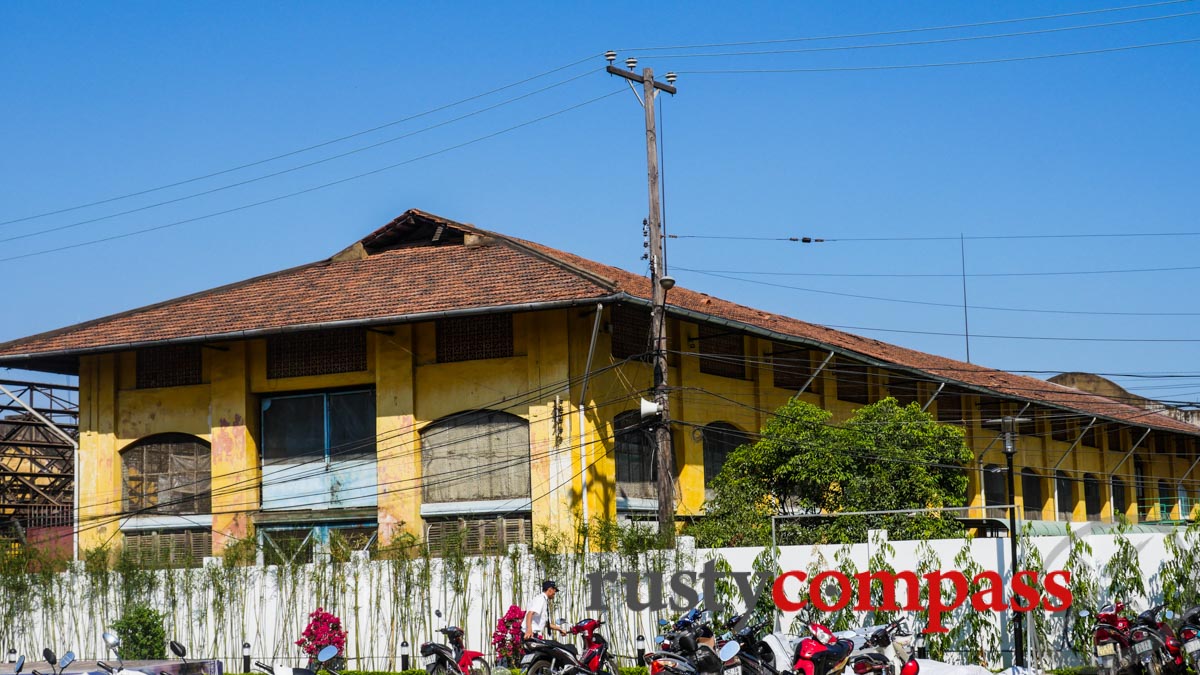
Photo: Mark Bowyer Ba Son Shipyard, Saigon
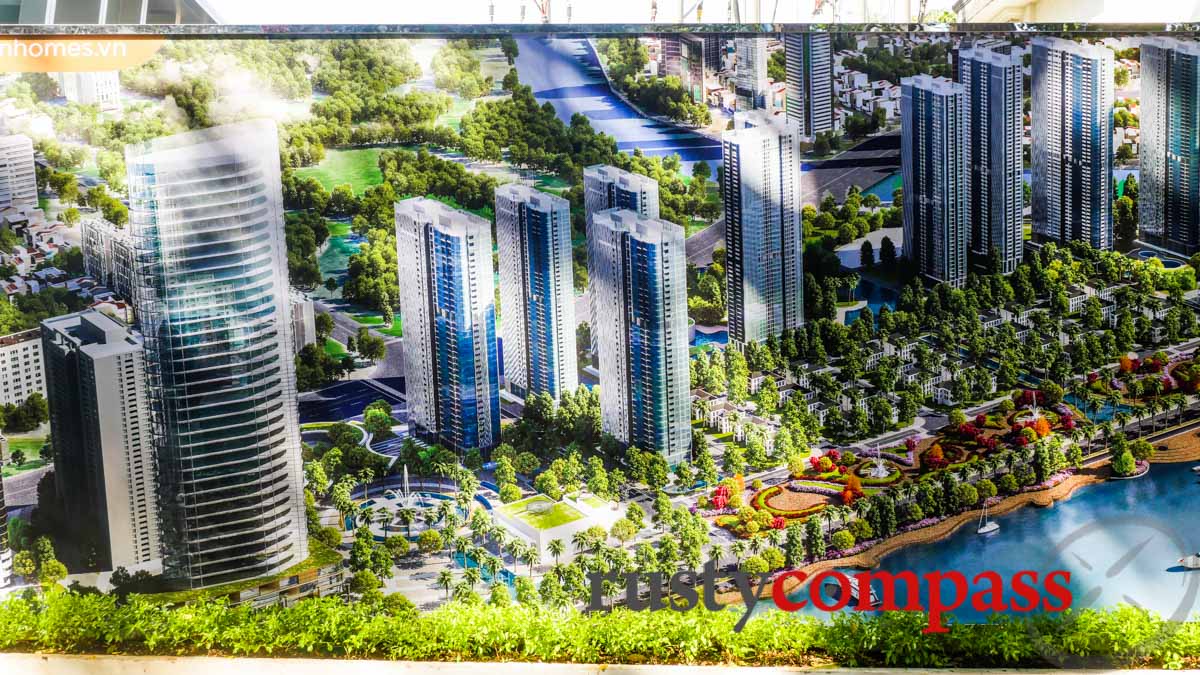
Photo: Mark Bowyer Wipe out Ba Son for this?
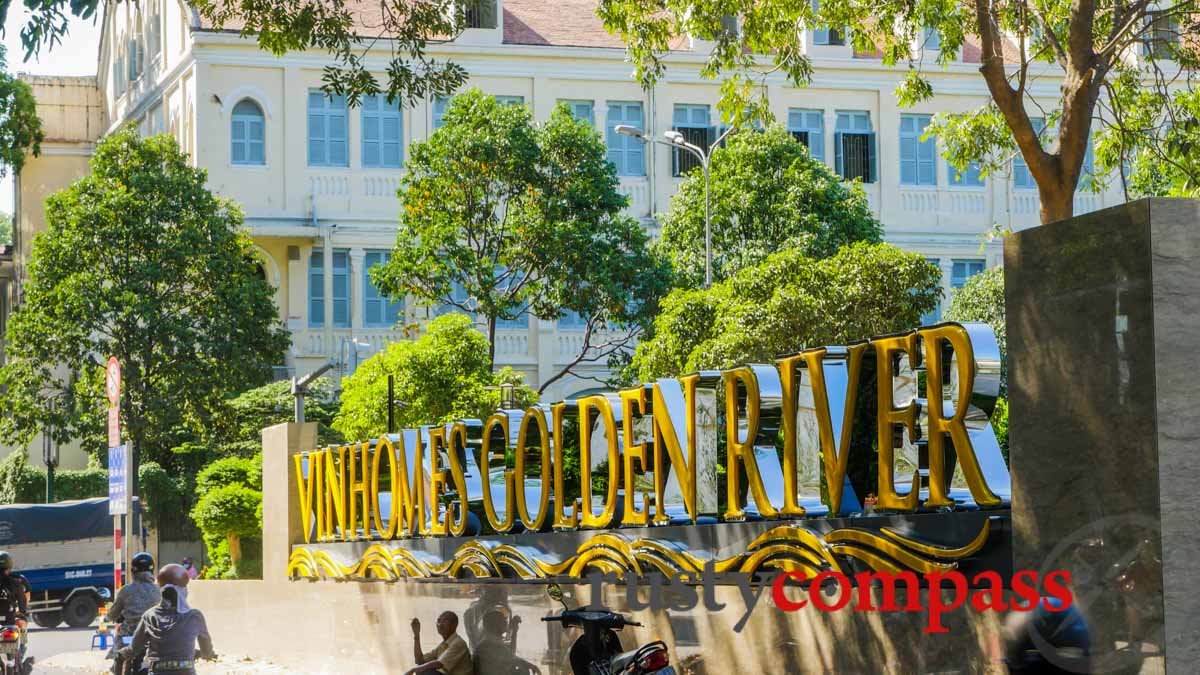
Photo: Mark Bowyer Ba Son Shipyard, Saigon
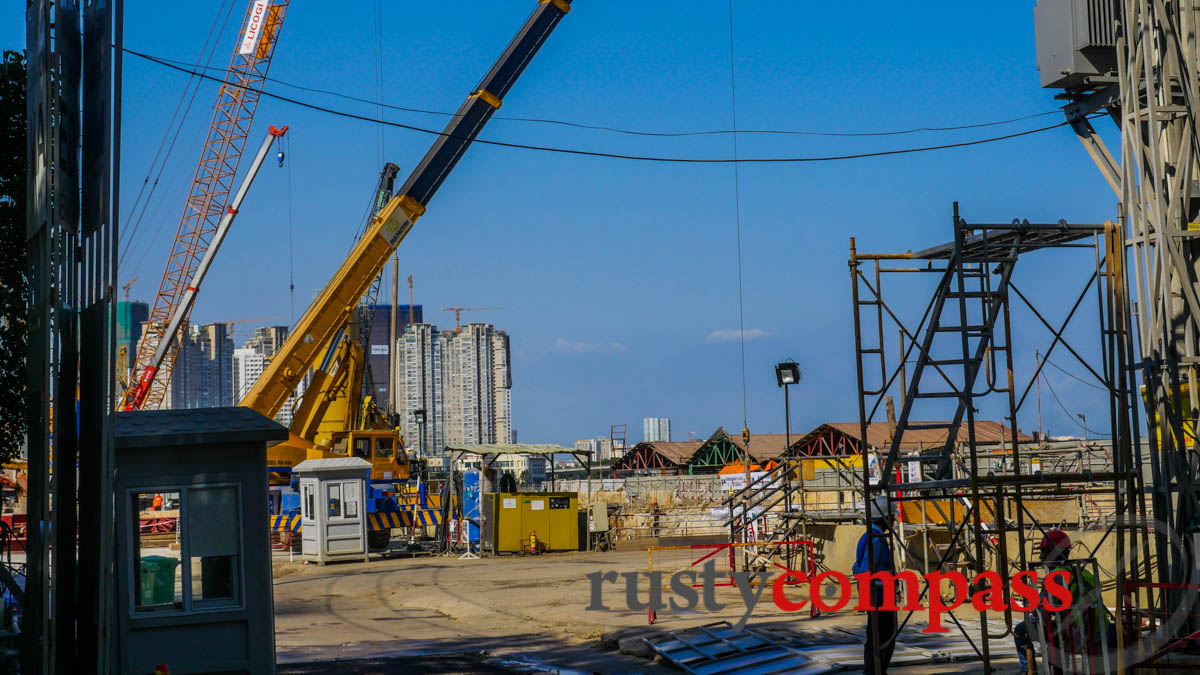
Photo: Mark Bowyer Ba Son Shipyard, Saigon
Ba Son was founded in 1790 by Nguyen Anh - who went on to found the Nguyen Dynasty in Hue in 1802. During the Nguyen Dynasty, Ba Son was a major shipbuilding facility. After colonisation by the French in the mid nineteenth century, the facility was expanded. Most of the visible warehouses date back to French times. Ba Son also was the scene of labour unrest in 1920s that was led by a young Ton Duc Thang. Thang went on to succeed Ho Chi Minh as President in 1969. In 1993, Ba Son was declared a national historic monument by Vietnam's Ministry of Culture. (See this link for more on the history of Ba Son).
None of this it seems, impresses Saigon’s planners and leaders.
Saigon is an increasingly dense city. And once you get beyond the modest downtown green spaces created during French colonial times, it’s a city of concrete blocks that stretch as far as the eye can see. The population is growing, the economy continues to move forward, the streets are clogged with cars, and motorbikes - pollution is soaring and liveability is plummeting.
Tourism is shaky too - “there’s nothing to see or do” being the common refrain from both tourism industry insiders and many travellers.
In destroying Ba Son, Saigon is casting off a once-only opportunity to build an outstanding public space on the fringe of the city centre, mixing cultural and heritage use spaces, as well as commercial and residential developments.
There will be no other similar opportunity. This is it. Once it’s gone, it’s gone. And the financial benefits it bestows on its developers and owners will be more than outweighed by the lost opportunity to develop the city’s brand and its long term liveability. That’s a big economic cost.
Last year, when asked about the rumoured demolition of Ba Son by historian Tim Doling, I wrote,
“Ba Son shipyard is the last opportunity Saigon’s leaders have to create a downtown space of scale with a strong heritage sensibility and strong public amenity. But this isn’t just a heritage issue, it’s an economic issue. Saigon’s reckless heritage destruction hurts tourism – but even worse, it hurts the city’s liveability, its global brand and in turn, its long term economic interests. Heritage is no longer a niche interest for foreigners in Vietnam. Vietnamese people are now very concerned about the destruction of their city. The next generation will rue these decisions.”
Ba Son is the kind of place that’s been successfully developed in cities across Asia and the world - great cities.
Sometimes questions of heritage, public space and development are vexed. On this occasion, Saigon would struggle to find a respected city planning expert anywhere in the world who would applaud the destruction of a rare public asset of this quality, in the city centre - for the creation of apartments.
And I haven't even been able to find any reference to the amount of money finding its way into the public coffers for schools and hospitals as a result of what must be a huge windfall for the state.
I wonder how many development proposals were provided? And whether any of them factored a sensible retention of a meaningful portion of the heritage assets? Were any international experts consulted for their suggestions? After all, many world cities have been faced with these decisions before.
Even if Ba Son had no heritage significance, turning such a prime piece of public land over to private developers in a city so starved of public amenities, is contemptuous of all that’s been learned worldwide about city development.
Saigon already has plenty of fancy apartments and shopping malls. But it only has one Ba Son.
Ba Son Shipyard has been in naval hands for decades so access has been restricted. Even from outside though, the rows of warehouses and the vast swathe of land the site occupies, have made it a place I’ve long wanted to get inside. I’ve tried unsuccessfully to get in on many occasions over the years.
With the navy gone and the developers in, I’ve tried my luck getting in again on several occasions in recent weeks. All to no avail.
The photos I’ve posted here do not do justice to the scale of the place and the opportunity it presents the city. They’ve all been taken through walls and fences at a distance.
It seems that Ba Son is to be demolished and there won’t be much of a meaningful record of its passing. One travel industry commentator described the demolition as an act of “unimaginable greed and philistinery.”
Saigon’s planners seem fixated only on the most superficial measures of development - taller and taller buildings, fancy apartments, cars, bridges, tunnels and designer label shopping malls.
Deeper signs of real and sustainable development - the things that really mark out a city and take an economy to the next level - a vibrant culture, the arts, unique heritage, green public spaces, walking spaces snd a clean environment - seem to have not yet occurred to them. Or if they have, shorter term opportunities have proven more enticing.
Yet if you get to know the young people of Saigon, you’ll see they’re more than ready to take the city to the next level creatively, culturally and commercially. The city fathers have other priorities.
Ba Son may not have been a panacea for all the city’s woes, but its potential to become a proud city asset, a destination for visitors, and a regional development of note, is being squandered by yet another lowest common denominator project.
When I arrived in Saigon more than two decades ago, the city’s prospects seemed endless. The Saigon of 1990 was not unlike the one evacuated by the US in April 1975. It began along the development road when the world already knew so much about what makes great cities. The importance of heritage and public space in the great race between cities was well known. And I assumed Saigon’s leaders, would apply the same selfless dedication to the cause of the city’s development, that enabled Vietnam to triumph through decades of adversity.
What a combination, I thought.
I’m not sure how all that got derailed - but it’s very sad to see.

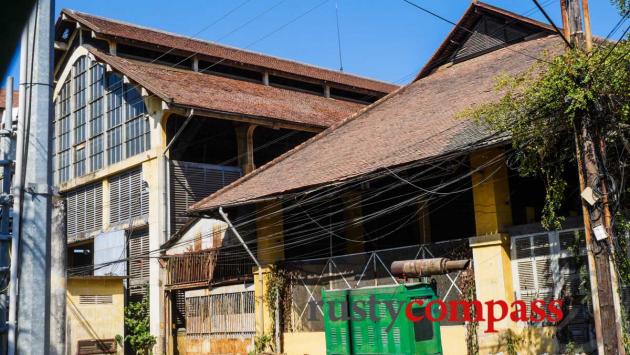



1 comment so far
i was able to get in finally wasnt easy, and wasnt official , but succed , and photograph the place, because its important tokeep the memory of the site .... so sad what they doing to saigon .. its hurt me .. i can read between the line you feelthe same .. good article thanks